The Top 5 Myths About Condensation & Mould Growth, Debunked
Mould is an allergen which can have really harmful effects on people’s health. Breathing in spores of mould which are carried in the air can cause itchy eyes, sneezing fits and wheezing, and also worsen respiratory illnesses and lead to severe allergic reactions.
Spores of mould can creep up in your home through windows, doorways, vents, and heating and air conditioning systems. Mould accumulates in a damp, poorly ventilated environment, where there is little airflow. Condensation can also cause damp patches to form, which may grow into mould and mildew.
So, surfaces with excessive moisture- such as your bathroom, kitchen, garage, roof and pipes- can encourage infestations of mould. This can cause serious damage to your property, hence why it is important to address a mould problem as soon as it arises.
Here at I-Sells, we hear a lot of myths and beliefs that people have about condensation and mould growth. False information is everywhere, so we have decided to add our experience and knowledge in the mix, to stop you from panicking if you see mould in your home.
The root of all condensation, damp and mould growth is just one thing: Humidity.
Mould is likely to grow if the humidity indoors is 70% or more, for long periods of time. Keeping a healthy humidity level between 45% – 55% and a home temperature of around 20c will prevent all damp and mould growth issues.
In this article, we will address the most common myths about condensation and mould growth and recommend how you can keep your home damp-free.
Here are 5 myths that people commonly believe will solve their condensation and mould growth problems in their homes:
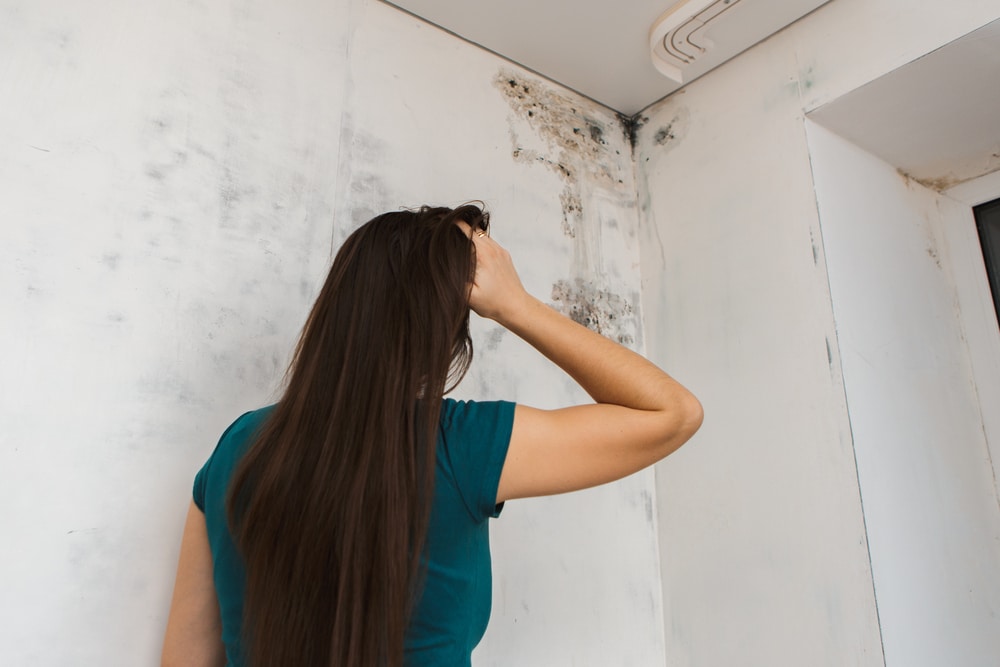
-
I’LL JUST OPEN THE WINDOWS
A lot of people think that opening the windows in their home is an effective solution to combatting condensation and mould growth. Opening windows can reduce the humidity levels by a few percent, but only while you have them open! It’s usually more humid outside and in the colder months, you will be letting warm air out and cold air in.
In other words, it’s just throwing money out the window!
Remember that opening your living room windows won’t just let all the damp air out. Mould can still survive in lower levels of humidity. To achieve a mould-free environment, you must practice effective humidity control.
-
I’LL ONLY HEAT MY HOME WHEN I’M AT HOME
This sounds like a logical move, as it may save you money on the heating bill when you are not in. However, as soon as you come back home, you will crank the heating up to max, then heat for a just a bit, right?
Doing so does not properly heat your home, especially the walls. The temperature just drops and increases too radically. If you maintain a temperature of around 20ºC throughout the day by heating at regular intervals, your heating bill will actually be lower and your home always warm and dry.
So, where possible, try to heat your home at regular intervals, at a steady temperature.
-
PLASTIC WINDOWS WILL SOLVE CONDENSATION
Is what the door-to-door, plastic window salesman will tell you to get the sale. Plastic windows help to keep air in your home and definitely will reduce your heating bill- but it actually makes condensation even worse.
The main reason? Plastic windows don’t let air in or out; and to prevent condensation, there needs to be air movement in your home. With plastic windows, you will need a ventilation system in your home to create air movement and replace old air with new.
-
A DEHUMIDIFIER WILL GET RID OF CONDENSATION
Nope, a dehumidifier is only good when there are leaks. It will help to absorb the moisture, but this is a temporary solution and was never intended to be used every day.
Dehumidifiers are usually loud, expensive and large. If you have ever used one, you will know the fun of moving it around your home a few times a day and emptying the water reservoir. They also take time to reduce the humidity in the room.
What’s more, dehumidifiers do not kill existing spores of mould- so they don’t fix the underlying, root cause of the damp problem.
-
BLEACH WILL GET RID OF MOULD
Probably the best one out there… There are many brands making us believe that bleach is the answer for getting rid of mould, permanently.
Yet, bleach does not kill mould. It just covers it and creates a very “pleasant” smell. This is even worse if there are young kids about- breathing in bleach vapours can irritate the linings of children’s lungs, which are still developing.
If you have high humidity levels in your home, and you cover it with bleach, then the mould will come back sooner than you may think.
So, if none of the above help, what’s left?
There is actually a very simple solution: control your humidity and the rest will solve itself!
What method can I use to prevent and tackle condensation, damp and mould growth in my home?
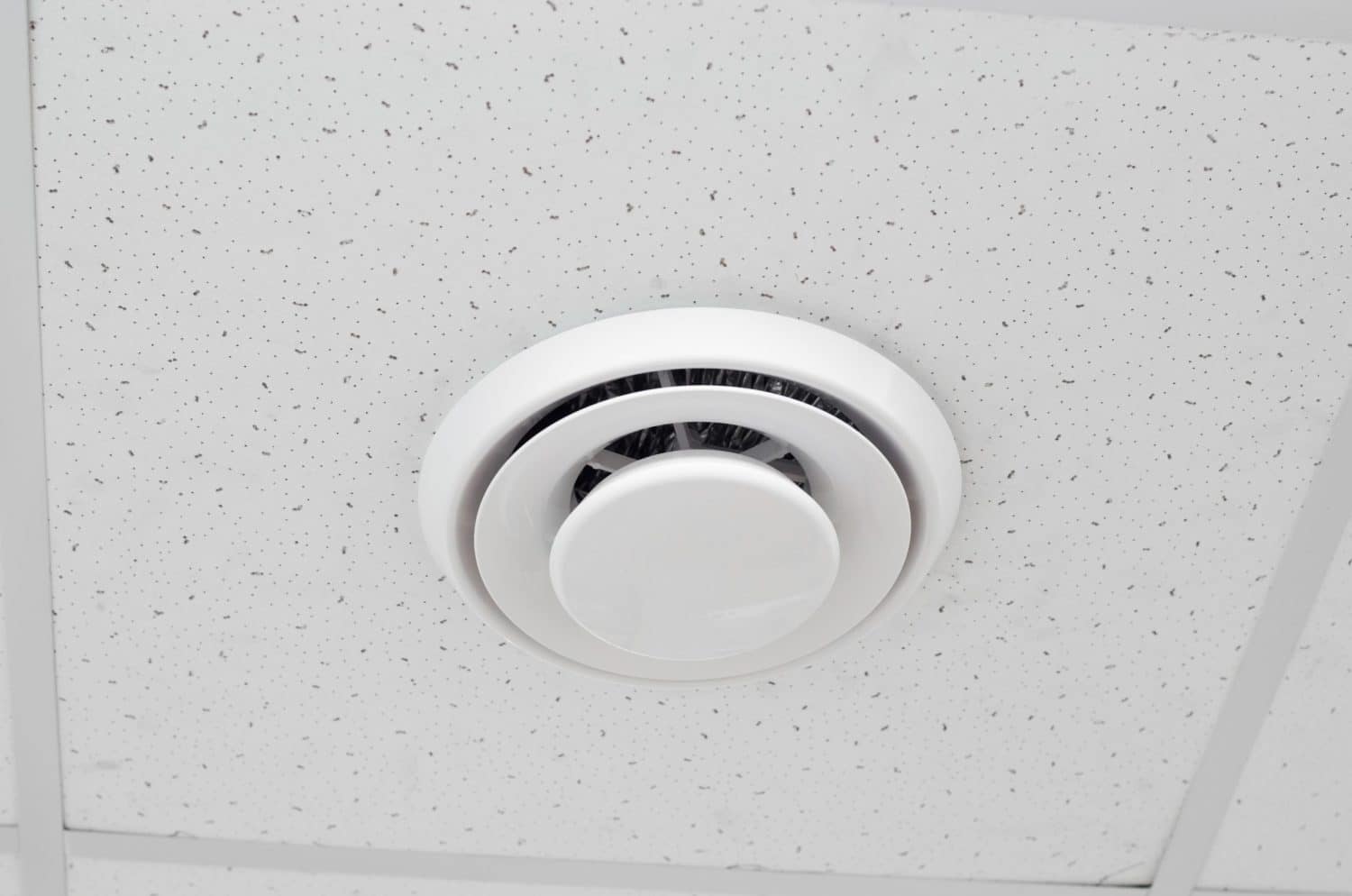
Ventilation System
Installing a Positive Input Ventilation (PIV) system in your home will provide adequate ventilation and create air movement. It works by removing dirty, humid air, and replacing it with positive, filtered, healthier air instead.
You may think it will cost an arm and a leg, but the average price will be around £250-£500 for a standard whole-house system. If you go for the Heat Recovery or Heater ventilation systems, they will even reduce your heating bills! It’s a win-win, right?
There are more expensive options, depending on the size of the house and your requirements. Your toilet or kitchen fan will add another £20 – £150 each.
Although they are more expensive, it is recommended that you choose the humidity sensor ones, which continually monitor the level of humidity within your property, to deliver the correct amount of airflow.
Click here to shop our Positive Input Ventilation (PIV) systems, which push harmful, humid air out of your home, and draw in fresh, filtered air instead.
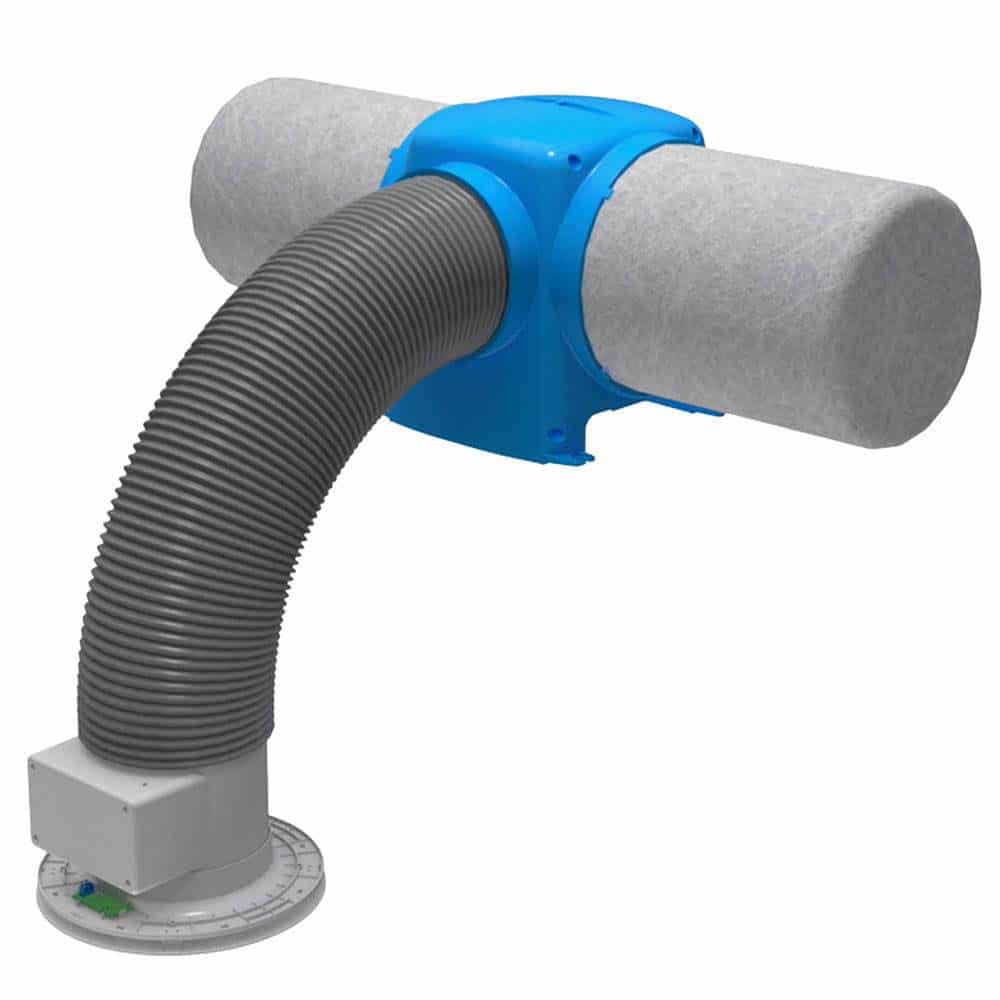
Why shop a Positive Input Ventilation (PIV) system?
You will see numerous benefits to installing a Positive Input Ventilation (PIV) system, including:
+ Combat growth of mould, damp and condensation
+ Constant flow of fresh, filtered air, which ventilates the whole property
+ Improve the air quality- which is excellent for family members with allergies, asthma or respiratory problems
+ Lightweight and compact design- they can be mounted on a wall, or inside a cupboard, which reduces overall noise levels
+ Allows you to save on your heating bills
+ Low upfront cost
+ Low maintenance costs
+ No tools required to use
How do I install a Positive Input Ventilation (PIV) system?
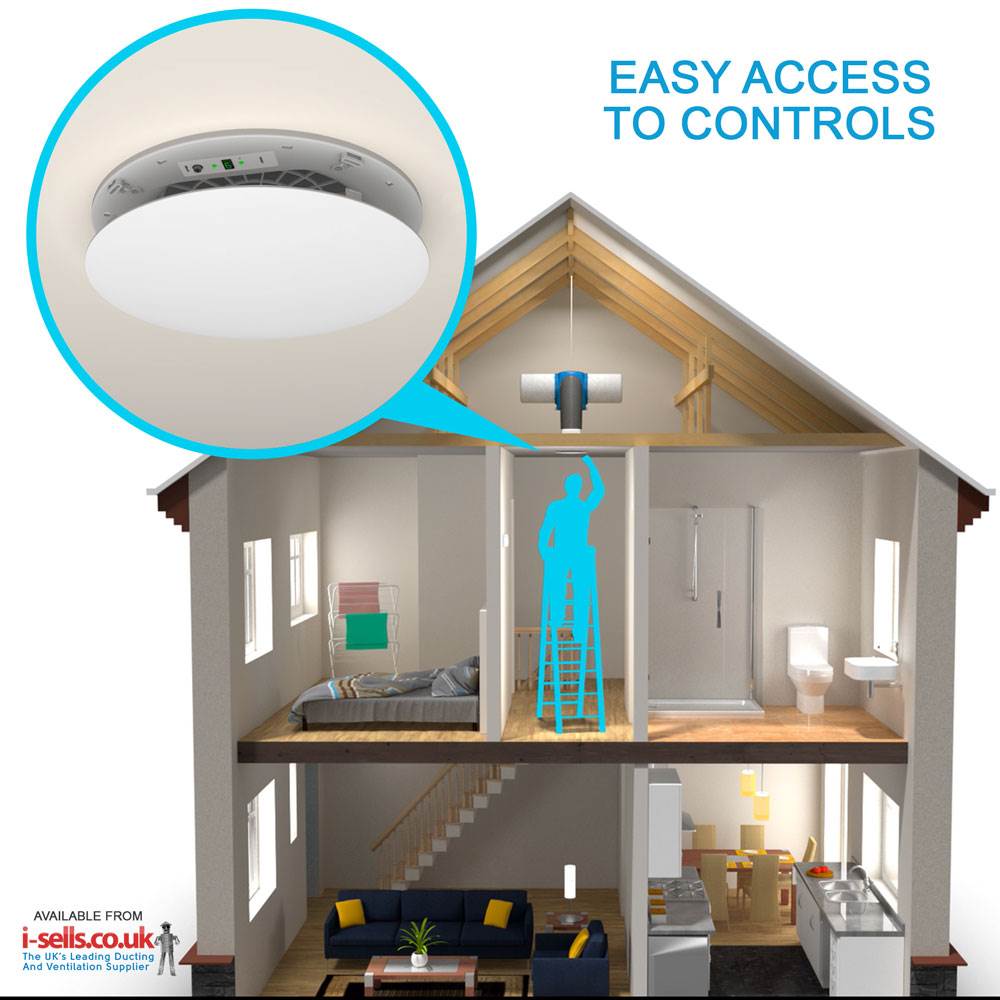
The only hard part is getting a qualified electrician to come in to fit ventilation systems in your home, but this is usually done within a few hours and priced between £200 – £500. For standard bigger loft unit installations, once it is done, that’s it! It will work, day and night, and provide fresh air into your home. The running costs will only add a pound or two each month.
Have a question? Reply in the comments below.
For any ducting and ventilation questions, give our team at I-Sells a quick call on 0208 463 9696. Our friendly team will be happy to help.
Visit our company website to browse our Positive Input Ventilation (PIV) systems, mould control products, and much more.



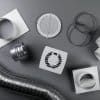
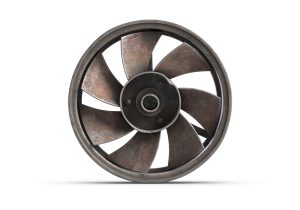

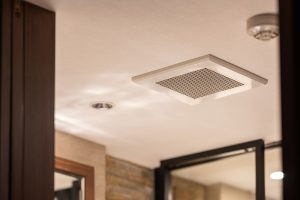





















Add comment
You must be logged in to post a comment.